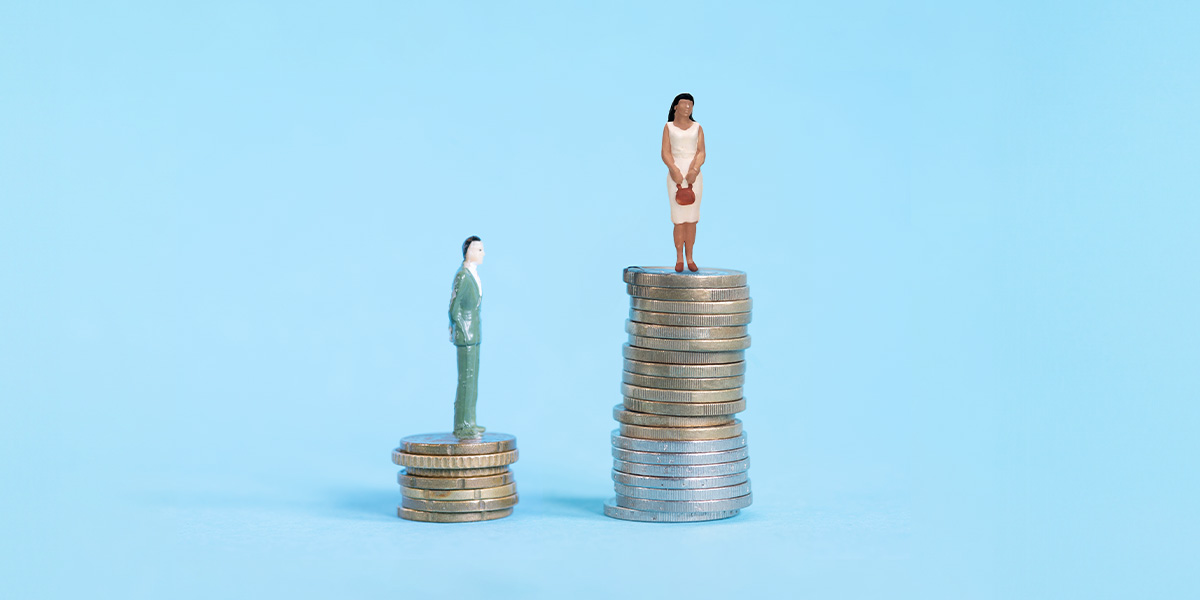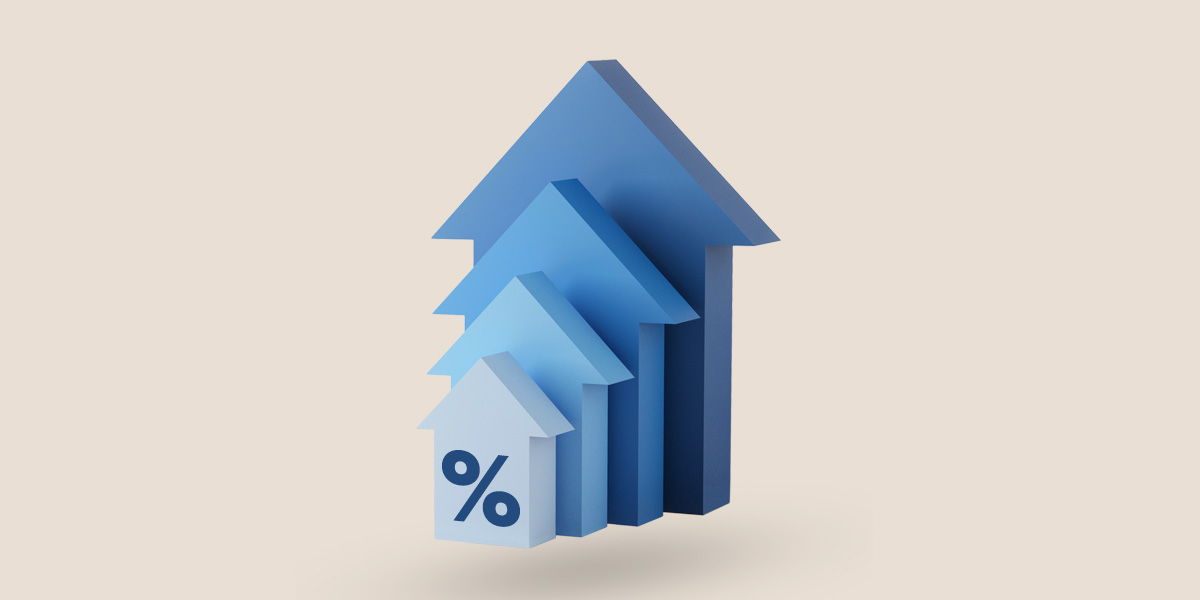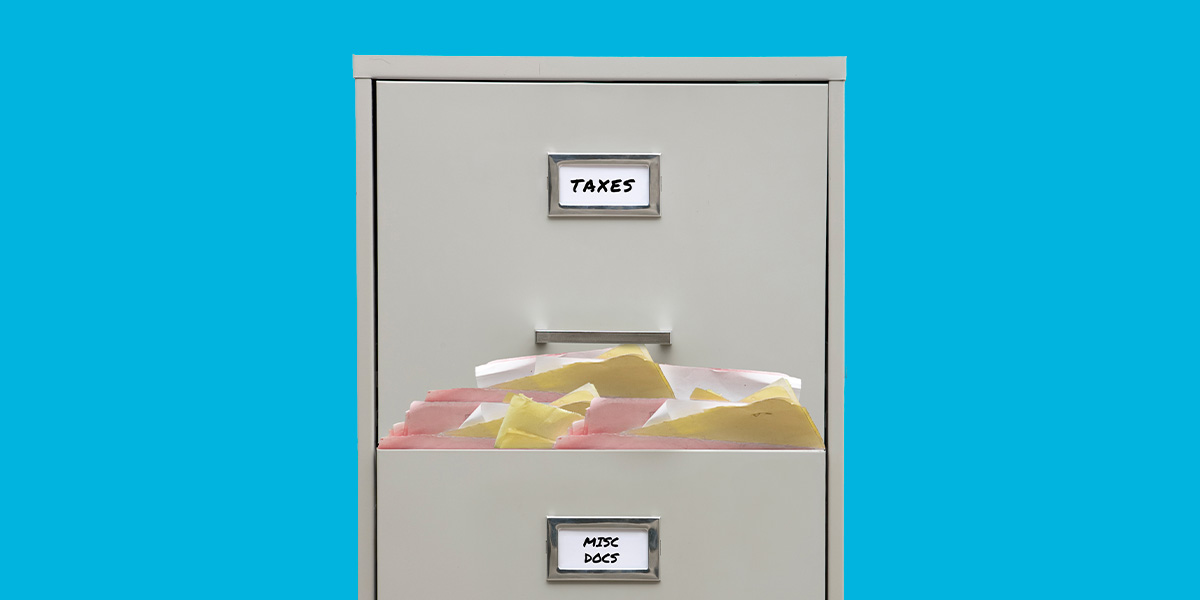-
Personal Banking -
Insights
How to Help Prevent Card Skimming
You might have already experienced it: You've made what you thought was a safe and secure purchase at a legitimate vendor, but crooks used your purchase as an opportunity to steal your credit or debit card information.
This process is called card skimming, and it's already a favorite method of scamming by criminals. One report from FICO found that skimming incidents increased 39% in 2023 compared to 2022, a year that also had a record-breaking increase.
Card skimming is the unauthorized act of electronically capturing information from a credit or debit card, such as name, card number, expiration date and CVV number, and using it to steal money from the cardholder's account.
Criminals "skim" credit or debit cards by placing a physical card-skimming device on an ATM or point-of-sale (POS) payment terminal. Unsuspecting victims often find that their financial information has been stolen during legitimate transactions, while they were completely unaware of the theft.
Skimming can happen anywhere a card can be inserted or swiped into a payment terminal, such as at gas stations or grocery stores.
How Does Card Skimming Work?
Fraudsters install a hard-to-detect skimming device over or inside the payment terminal. Some may even install cameras that record their victims entering their personal identification numbers (PINs) so those can be stolen too. Once a card is inserted or swiped, the skimming device captures the card information, and the criminal will transfer it to a fake card or directly use the stolen information to commit fraudulent transactions.
What is an Example of Card Skimming?
When card skimming occurs at a point-of-sale, such as a gas pump, a thief has installed an illegal card-reading device on the machine. When you use the legitimate card reader, the illegitimately installed skimmer records your card information. The thief may also use a camera to record you typing in your PIN.
When a thief has stolen your card information with a card skimmer, they can use it in a few ways, including:
- Making online purchases using your card data.
- Cloning your card information onto a blank card and using it as their own.
- Selling your card information to someone willing to buy stolen card credentials.
Where Are Card Skimmers Commonly Found?
Card skimmers can be found on many of the machines where you may commonly use your credit or debit cards.
ATMs
On an ATM, a card skimmer can take the form of a plastic overlay placed over the ATM keypad to capture PINs when they are entered. Another overlay may be placed over the card insertion slot that can read and record the data on the magnetic stripe.
Point-of-Sale (POS) Machines
A card skimmer on a POS system at a retail store can work in the same way. Sometimes the thief will use a tiny camera mounted at the top of the POS system or even in the ceiling. They may just use a skimmer overlay that can record data from cards inserted into the machine.
Fuel Pumps
Gas pumps are another place where card skimmers are used frequently. Criminals can use either an internal or external card skimmer at a fuel pump. To install an internal device, they break into the pump through the fuel dispenser door. They install an external device over the existing card reader. With either type of card skimmer, your card information can be stolen without you even knowing it.
How to Detect Card Skimmers
You may be able to detect a card skimmer by carefully inspecting the payment terminal.
Consider these steps to help determine whether a skimmer has been installed:
- Check for misalignment between the card reader and the panel underneath it. If a skimmer has been placed on top of the legitimate card reader, it might stick out at an odd angle or cover some of the panel buttons.
- If the buttons are off-center or hard to push, avoid using the card reader.
- Fuel pumps should have a security sticker over the cabinet panel. If the sticker is torn or missing, a thief may have tampered with it. Avoid using that card reader.
- Wiggle, pull or tug on the card reader before inserting your card. If anything seems loose, avoid using it.
- Compare the card terminal you're using with others nearby. If anything seems different, use another terminal.
Help Avoid Falling Victim to Card Skimming
In addition to trying to avoid using terminals that may have card skimmers installed, you can also take proactive steps to help you avoid becoming a victim when using any card terminal.
You may help avoid providing a thief with usable card information by following these tips:
- Shield your PIN. Cover the keypad with your hand when entering your PIN at an ATM or POS terminal. Be aware of anyone who may be watching over your shoulder.
- Use contactless payment. Whenever possible, opt for contactless payment transactions, also known as “tap to pay," by tapping your card at the POS terminal. Each tap generates a transaction-specific, one-time code that can help reduce counterfeit fraud. This near-field communications (NFC) technology helps to reduce risk as it does not expose your card's magnetic stripe.
- Avoid outdoor terminals. Whenever possible, use ATMs located inside the bank or POS terminals inside the gas station rather than at the pump. Criminals are less likely to tamper with POS terminals located indoors.
- Be vigilant and check your account activity regularly. With access to online banking, it's easy to check your account activity. In most cases, transactions will show as pending before they are hard posted or “cleared." If you see a transaction that you did not authorize, contact your bank or credit card company immediately. Timing is of the essence.
- Trust your instincts. If something feels off when you are paying, or the POS terminal looks like it has been tampered with, err on the side of caution and use another terminal. Report your concerns to the appropriate authorities.
What Happens if Your Credit or Debit Card Gets Skimmed
If your card information is skimmed, you may not realize it until the criminal attempts to use your card credentials for an unauthorized transaction. In order to catch the unauthorized activity, it's important to regularly monitor your card activity through online banking. If you see any suspicious activity on your account, report it immediately by calling the number on the back of your card.
Some banks will proactively notify cardholders if a potentially fraudulent charge is made using their credit or debit cards. However, if you receive a text notifying you of a potentially fraudulent charge, take steps before you respond to ensure that it is legitimate and not a bank text scam.
Often, if your card has been skimmed and a thief has attempted to steal money by making purchases with your card information, the only remedy is to cancel your card. Your bank will have to provide you with a new card with new information.
Exercising caution is the best way to protect your financial information. So remain alert, stay informed, and prioritize your security to mitigate your fraud risk.
If you're a City National Bank client and you suspect your card has been skimmed, reach out to our fraud department as soon as possible.
This article is for general information and education only. It is provided as a courtesy to the clients and friends of City National Bank (City National). City National does not warrant that it is accurate or complete. Opinions expressed and estimates or projections given are those of the authors or persons quoted as of the date of the article with no obligation to update or notify of inaccuracy or change. This article may not be reproduced, distributed or further published by any person without the written consent of City National. Please cite source when quoting.





